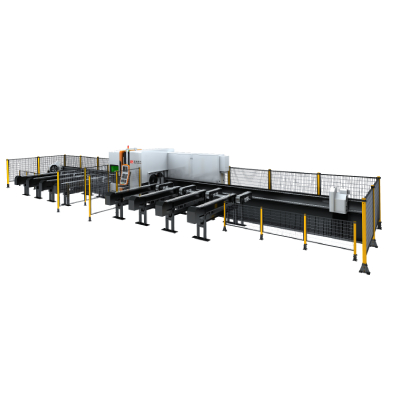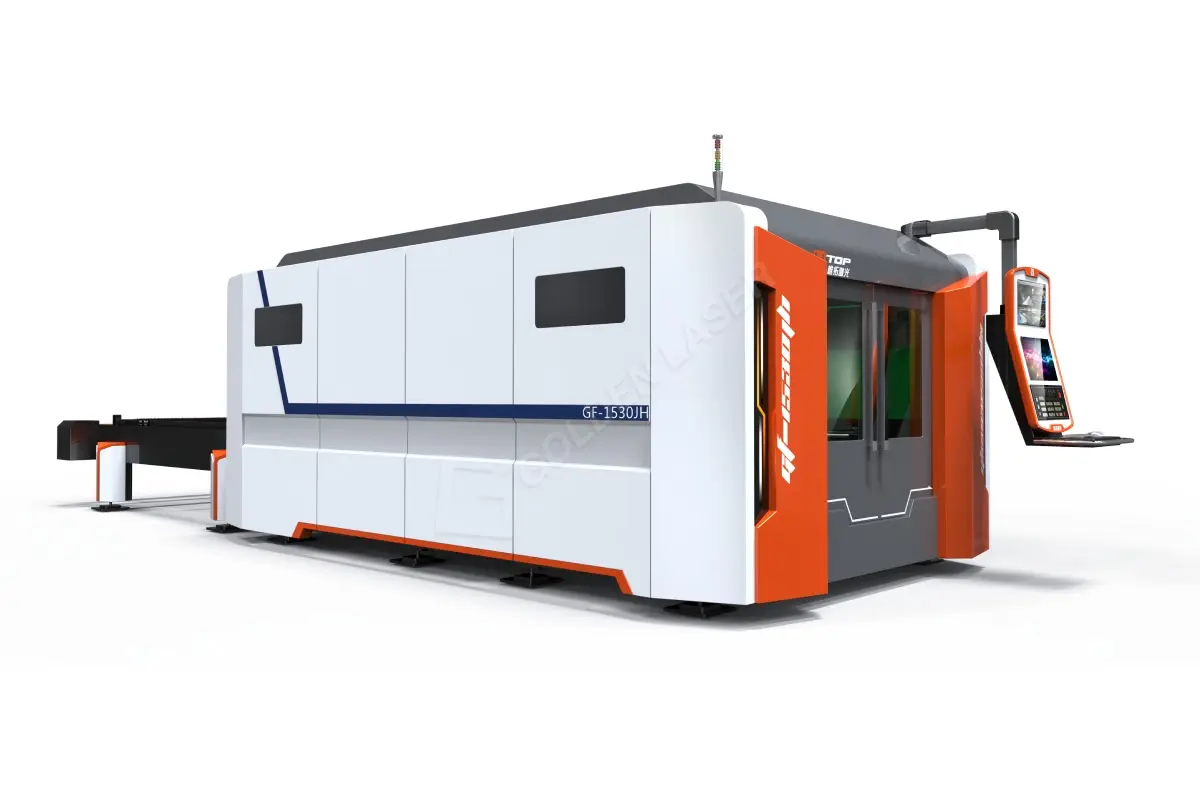The manufacturing industry has greatly benefited from the introduction of laser cutting machines. The precision, speed, and flexibility of these machines have transformed the process of cutting, welding, and engraving materials such as plastics, metals, and textiles. However, as technology advances, so do the demands of the industry. A new generation of laser cutting machines has emerged, with added functionalities that can carry out multiple processes within a single machine. Multi-function laser cutting machines are becoming more popular as they offer cost and efficiency benefits to manufacturers.
Multi-function laser cutting machines are a type of laser cutting machine that can be equipped with different types of lasers, and perform multiple functions such as cutting, welding, engraving, marking, and drilling. This technology provides the advantage of reducing the need for multiple machines, saving time and money invested in acquiring and maintaining different types of equipment. Additionally, the machines are flexible enough to be used on a wide range of materials, including metals, plastics, glass, ceramics, and even paper.

Unlocking the Potential of Multi-Function Laser Cutting Machine for Industrial Applications
One of the key features of multi-function laser cutting machines is their adaptability to different applications. The machines can be customized to meet the specific requirements of various industries, including jewelry making, automotive manufacturing, aerospace, and medical device production. For instance, in jewelry making, multi-function laser cutting machines can be used to cut and engrave precious metals with intricate designs, providing a level of accuracy and detail that hand engraving cannot achieve. In the medical industry, the machines can be used for cutting and welding of medical devices and surgical tools, which require high precision and clean edges.

Unlocking the Potential of Multi-Function Laser Cutting Machine for Industrial Applications

Unlocking the Potential of Multi-Function Laser Cutting Machine for Industrial Applications
Another benefit of multi-function laser cutting machines is that they offer improved accuracy and speed compared to traditional methods. This is due to the use of advanced software that allows for precise control over the motion and intensity of the laser beam. The software also enables the creation of complex designs and shapes that may be difficult to achieve with other cutting methods. Additionally, the machines are equipped with sensors that detect changes in the material’s surface, ensuring that the laser beam remains focused and aligned throughout the cutting process.
For manufacturers, the investment in multi-function laser cutting machines may seem like a significant cost at first. However, in the long run, the benefits outweigh the initial cost. The machines not only increase productivity and efficiency, but also provide a safer working environment. With the use of laser technology, there is minimal physical contact with the materials being processed, which reduces the likelihood of work-related injuries. Additionally, the machines are equipped with safety features such as automatic shut off switches and cooling systems, which prevent overheating and damage to the machines and surrounding areas.
In conclusion, multi-function laser cutting machines have revolutionized the manufacturing industry. The machines’ ability to perform multiple functions on different materials has made them popular in various industries. They offer improved accuracy, speed, flexibility, and safety while reducing the need for multiple machines. Manufacturers seeking to improve their workflow and cut costs should consider investing in these machines. The technology is constantly evolving, and future advancements will only make it more efficient and reliable. Fiber Laser Machine Control Cypcut



